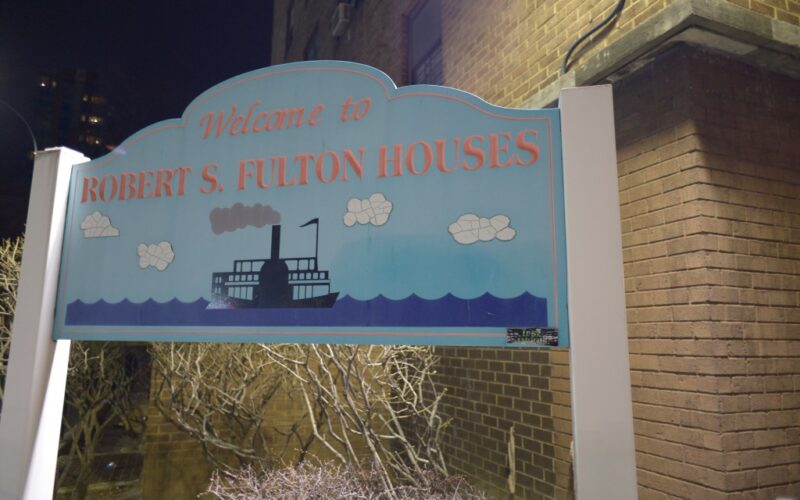NYCHA’s Fulton and Elliott-Chelsea residents did everything right. They organized, made the plan and called for full reconstruction of their Manhattan homes. This isn’t just another project — it’s a test of whether the City of New York can follow through and why this project can’t wait.
In response to years of false starts, broken promises, and deteriorating conditions, then-Mayor Bill de Blasio convened a working group of public housing residents at Fulton and Elliott-Chelsea to discuss problems at the buildings and debate the best path forward.
In my previous role as executive director of the Citizens Housing & Planning Council, I was invited to serve as a member of the working group. The problems amounted to $344 million to reach a state of good repair, let alone upgrades that could actually improve the quality of life.
NYCHA residents, elected officials, housing organizations, and tenant advocates met week after week to share horror stories — about surviving Superstorm Sandy in a flood-prone building, the health toll of living with mold and leaks, and nightmarish accounts of living in unsafe conditions in a state of disrepair.
Residents demanded that they had a say, not just in what got built, but who would build it. So we tried something that had never been done before, modeled after a successful process in the U.K. A Resident Review Committee was formed to design the Request for Proposals, interview developers, and ultimately select the winning team.
I was invited by the Tenant Association leadership to serve as an independent advisor, working closely with the group to ensure they had all the information and sway they needed to make the best decision for the future of their homes. They chose Essence Development and Related Companies, and the pre-development process began.
Then everything changed. The pandemic hit, prices soared, supply chains froze, and renovation costs ballooned to the point where rebuilding was actually cheaper. Residents looked around Chelsea and saw shiny new towers rising on every block and asked the obvious questions: Why are we getting a billion dollars’ worth of duct tape to patch up the buildings while luxury buildings go up next door? Why go through the disruption of renovations if the end result still feels patched together?
In my subsequent role as the city’s chief housing officer, the tenants I had worked so closely with throughout the process asked City Hall to consider new construction, and we did. We ran the numbers, mapped out the phasing, and held many more long meetings to weigh our options. Then we went straight to the source to ask the tenants what they wanted. We conducted a comprehensive survey of all residents to determine whether they preferred rehabilitation or new construction, and they chose new construction.
It wasn’t a mandate for more delays. It was a cry for progress. And now, we’re closer than ever. The design is complete. HUD has approved it. Construction is about to begin. This moment is critical. It’s time to dig in, stay united, and keep the momentum alive. Because when our hard-won trust is tested, that’s our cue to lead with clarity, with facts, and with the shared purpose that got us this far.
The last thing NYCHA residents need is more process and red tape. I love a good Community Board meeting as much as the next person, but when my sink breaks, I don’t have to spend five years in working groups begging to get it fixed. Neither should NYCHA residents.
We already backed out of one commitment that would have created 123 units for low-income seniors at Elizabeth Street Garden — we can’t reverse our commitment to this community. The Adams administration made NYCHA priority No. 1 in the Housing Our Neighbors plan, and this project is the flagship. The only alternative is to tell residents to continue waiting for miraculous funding that hasn’t reached NYCHA in more than 30 years.
To the tenants who’ve poured their time, sweat, and reputations into this effort: thank you. You’ve led one of the most transformative, thoughtful, community-driven public housing processes in history. Future generations of Fulton and Elliott-Chelsea families will live in dignity because of what you built.
So let’s stop talking and start building. This isn’t complicated: residents chose full reconstruction, and we said we’d deliver it. At this point, more “deliberation” is just a delay in a cheap suit.
Katz leads the NYCHA Regeneration Initiative and was formerly the chief housing officer for the City of New York.








